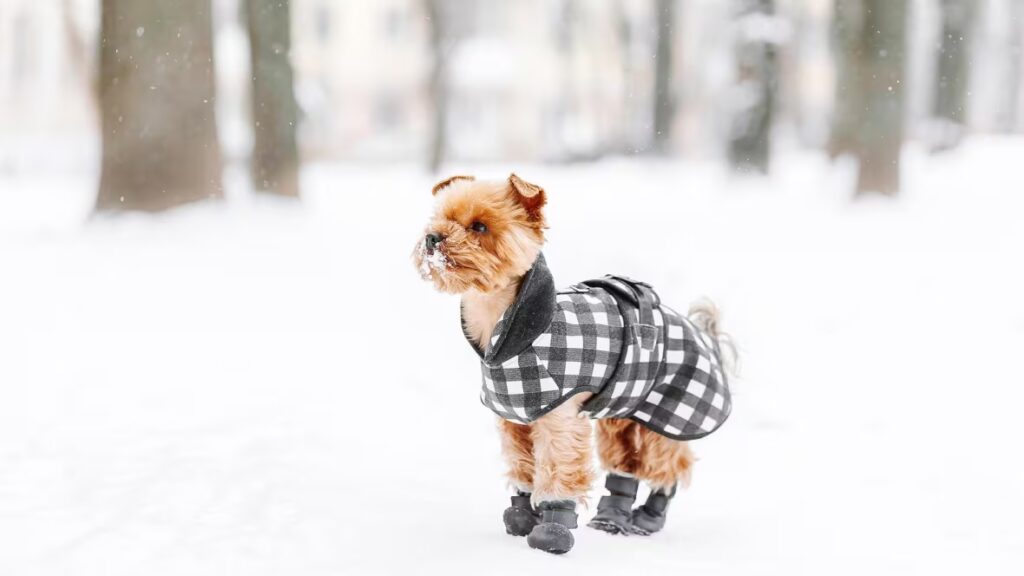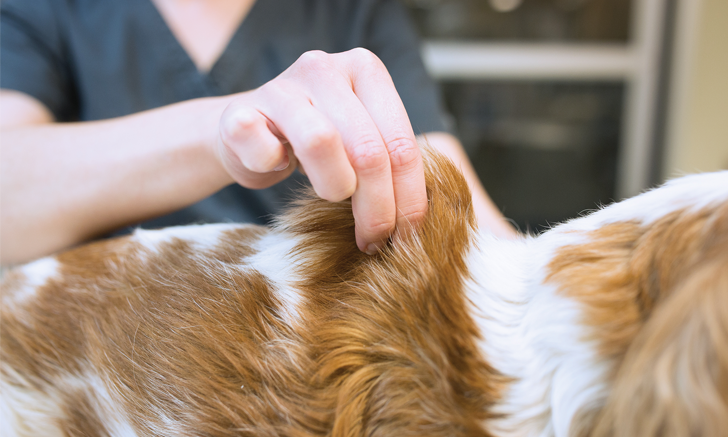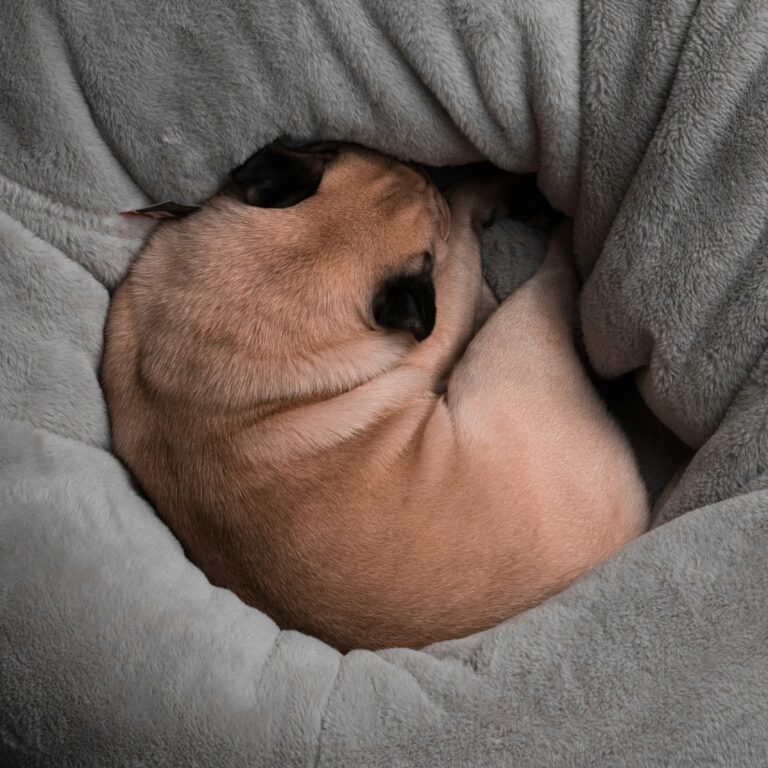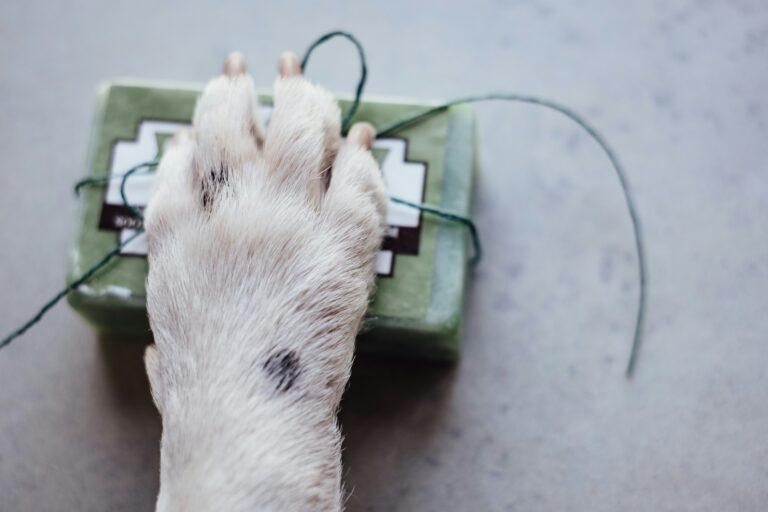As the temperature plummets and the chill in the air hints at the approaching winter, it’s not only us humans who need to switch gears and prepare for the colder months. Our small furry friends, particularly small dog breeds, also require special attention and care during this period. This comprehensive guide, “Bundle Up: Essential Tips for Keeping Your Small Dog Safe and Warm in Chilly Winter Weather”, is a treasure trove of information to ensure your small pooch remains warm, safe, and healthy as the mercury dips.

Throughout the subsequent sections, we will delve into various strategies and tips to keep your small dog comfortable during winter. From understanding the breed-specific needs to the importance of appropriate winter gear and maintaining an ideal indoor environment, we will cover a wide array of topics that are crucial to your dog’s well-being during winter.
In the world of pet care, knowledge is truly power. Recognizing the signs of cold-related discomforts and understanding when your dog needs that extra layer of warmth can make a significant difference. This guide aims to enhance that knowledge and prepare you to protect your tiny companion in the most effective way.
In addition, the importance of maintaining proper nutrition and hydration during the chilly months cannot be underestimated. Along with physical comfort, a balanced diet is a key component in safeguarding your small dog’s health in winter. Prepare to learn about all this and more as we explore the essentials of winter care for small dogs. Bundle up and join us in this enlightening journey. Your furry friend will surely thank you!
Monitoring Hydration and Nutrition
Cold weather can impact a small dog’s metabolism and hydration levels. Ensure fresh, unfrozen water is available at all times. Increased caloric intake may be necessary for active dogs who burn more energy staying warm. Consider high-quality, nutrient-rich foods and supplements that promote healthy coats and boost immunity during winter.

Grooming Essentials in Cold Weather
Grooming is still essential in winter. A clean, well-maintained coat insulates better and prevents moisture from being trapped against the skin. Avoid overbathing as it can dry out the skin; use moisturizing shampoos when needed. Regularly trim the fur around paws to prevent ice balls from forming, and check paw pads for cracks or irritation.
Choosing the Right Winter Apparel
Winter apparel can make a significant difference in your small dog’s ability to stay warm outdoors. Items such as insulated jackets, waterproof booties, and knitted sweaters should be tailored to your pet’s body size and activity level. Jackets with adjustable straps and fleece linings provide better insulation, while booties protect sensitive paws from ice, salt, and other irritants commonly found on winter sidewalks.
Creating a Winter-Ready Indoor Environment
Inside your home, ensure that your dog has a warm, draft-free place to rest. Elevate beds off cold floors using blankets or pet bed risers. Place beds away from windows and doors where chilly air can enter. Consider a heated pad or self-warming bed for dogs with very short coats or medical needs, but always monitor to prevent overheating.
Exercise and Mental Stimulation During Winter
Winter can limit outdoor activities, so it’s important to compensate with indoor games and training. Create obstacle courses using household items, play fetch in a hallway, or teach new tricks to keep your pup mentally and physically stimulated. Mental engagement can also reduce anxiety, which can increase during the winter due to less sunlight and outdoor time.
Keeping Your Small Dog Safe and Warm in Winter
The cold weather does not have to be a threat to small dogs, with proper care and preventative measures, they can enjoy the winter months as much as any other time of the year. Here are some essential tips to ensure their safety:
1. Provide Appropriate Clothing
Contrary to some beliefs, dog clothing is not just a fashion statement – it provides essential warmth for small breeds during the cold months. Sweaters, coats, and even booties can add an extra layer of insulation against the chill.
- Ensure Proper Fit: Too loose, and it won’t provide adequate insulation. Too tight, and it can restrict movement and even cut off circulation.
- Choose the Right Material: Opt for a material that is both warm and water-resistant. Wool is an excellent insulator, but it can absorb moisture and may cause discomfort if your dog gets wet. Synthetic materials like polyester can provide warmth and resist water.
2. Adjust Their Diet
Like humans, dogs may need more calories during the winter to generate body heat. Consult with your vet about possibly increasing your dog’s food intake, especially if they are spending a lot of time outdoors.
3. Provide a Warm Shelter
Whether your dog spends most of its time indoors or outdoors, a warm and comfortable shelter is crucial. For outdoor dogs, a well-insulated dog house with a wind-blocking door is necessary. For indoor dogs, a cozy dog bed in a draft-free area of the house is ideal.
Making Outdoor Time Safer
Spending time outside is important for your small dog’s physical and mental health, even during winter. However, cold weather presents specific risks that require thoughtful precautions. Ensuring your petite companion remains safe and comfortable outdoors in frigid temperatures involves a mix of preparation, observation, and post-outing care.
Limit Outdoor Time Strategically
Cold temperatures can affect small dogs more quickly and severely than their larger counterparts. Their smaller bodies lose heat faster, and because they are lower to the ground, they are more exposed to snow, ice, and cold winds. As such, it is wise to reduce outdoor time during extremely cold days.
Instead of lengthy walks, aim for several shorter outings throughout the day. Keep these excursions limited to potty breaks or brief walks for stimulation and exercise. Avoid going out during the coldest parts of the day, typically early morning or late at night, and aim instead for midday when the sun is strongest and the temperature slightly warmer.
When outdoors, observe your dog for signs of discomfort such as lifting paws off the ground, trembling, or appearing reluctant to continue walking. These are indicators that it’s time to return indoors.
Prioritize Protection Against Frostbite
Frostbite is a serious winter hazard for small dogs. It occurs when skin and underlying tissues freeze due to prolonged exposure to cold temperatures. Areas most vulnerable to frostbite include the ears, tail, toes, and paw pads.
To help prevent frostbite:
- Dress your dog in a well-fitted winter coat that covers the chest and belly.
- Use dog booties to protect paws from cold pavement, snow, and ice.
- Avoid lingering in one spot, especially on snowy or icy surfaces.
After returning indoors, inspect your dog for any signs of frostbite, such as pale, grayish, or bluish skin, swelling, or tenderness in extremities. If you suspect frostbite, wrap your dog in a warm towel and contact your veterinarian promptly. Do not apply direct heat or rub the affected area, as this can cause more damage.
Use Pet-Safe Ice Melts and Paw Care
Standard ice-melting chemicals can be dangerous to pets. Many traditional deicers contain substances like sodium chloride or calcium chloride, which can irritate your dog’s paws and pose a serious health risk if licked off. Ingesting these chemicals can lead to vomiting, diarrhea, or more severe reactions.
Opt for pet-safe ice melt products, which are formulated to be gentler on your dog’s paws and non-toxic if ingested in small amounts. Still, it’s essential to rinse your dog’s feet with warm water and dry them thoroughly after every walk to remove any lingering salt, deicer, or grit.
In addition, consider applying a protective paw balm before heading out. These balms form a barrier on your dog’s pads to guard against ice, salt, and chafing. Look for a balm made with natural ingredients like beeswax and shea butter for effective yet safe protection.
Maintain Visibility in Low-Light Conditions
Winter days are shorter, which means your walks may often take place in the dark or low-light conditions. Small dogs are already more difficult to spot, so visibility becomes even more important.
Equip your dog with reflective or LED gear. Many winter coats, leashes, and harnesses come with built-in reflective strips. You can also purchase clip-on LED lights that attach to your dog’s collar for added visibility. Dressing your pup in bright or neon-colored clothing also helps make them easier to spot in snowy or dim conditions.
Owners should also wear reflective clothing and carry a flashlight or wear a headlamp to illuminate sidewalks and paths. Staying visible to drivers, cyclists, and other pedestrians reduces the risk of accidents.
Create a Post-Walk Routine
After a winter walk, your dog’s needs don’t end when you step back inside. A consistent post-walk routine ensures their comfort and reduces the risk of irritation, infection, or other complications.
Begin by drying your dog thoroughly. Snow or ice can cling to fur and paws, so towel off any moisture and remove ice chunks stuck between toes. Gently inspect their paws for signs of injury or cracking, which can be common in winter due to dry air and cold exposure.
Wipe their belly, legs, and feet with a damp cloth or pet-safe wipes to remove deicing chemicals or salt. If your dog has longer fur, be extra diligent around the legs and undercarriage, where grime and slush are likely to accumulate.
Once clean and dry, offer your dog a warm, cozy space to relax. A heated bed or fleece blanket can be comforting and help their body recover from exposure to the cold.
Encourage Safe and Stimulating Play
Outdoor time isn’t just about potty breaks. Play is vital to your small dog’s well-being, so finding creative ways to safely engage in outdoor play during the winter is important.
If you have access to a secure, snow-cleared area like a backyard or enclosed dog park, allow your dog to run and play for short sessions. Use brightly colored toys that won’t easily get lost in the snow. Avoid tennis balls or porous toys that can absorb water and freeze, becoming hard and hazardous.
Always supervise winter play to ensure your dog doesn’t overexert themselves or show signs of cold stress. Keep sessions brief and fun, and transition to indoor games if the temperature is especially harsh.
Be Cautious Near Frozen Water
Frozen lakes, ponds, or rivers may seem like a fun place for dogs to explore, but they can be extremely dangerous. Even if the ice appears solid, there is no guarantee it can support your dog’s weight.
Never allow your small dog to walk on frozen bodies of water. If they fall through thin ice, their small size makes it harder for them to get out, and hypothermia can set in rapidly. Stay on well-trodden paths and keep your dog on a leash in unfamiliar or risky areas.
Prepare for Emergencies
Winter can bring unpredictable weather, from blizzards to ice storms. Have an emergency plan in place in case of power outages or being snowed in. Your plan should include:
- An emergency supply of dog food, water, and medications.
- A backup heating source to keep your dog warm.
- A battery-powered light and extra blankets or pet-safe heating pads.
- Clear contact information for your veterinarian and the nearest emergency animal clinic.
Provide Gentle Exercise Alternatives
When the weather becomes too extreme to safely spend time outside, indoor activities can help keep your dog healthy and stimulated. Play interactive games like tug-of-war or fetch using soft toys. Set up a small obstacle course using pillows and chairs to encourage movement.
Training sessions are also a productive way to engage your dog’s mind. Practice basic obedience commands or teach new tricks. Mental stimulation can help offset the lack of physical activity and prevent boredom-related behaviors.
Conclusion
In conclusion, the safety and comfort of your small dog during chilly winter weather is of paramount importance. As responsible pet owners, bundling up your fur-friend using appropriate dog clothing, especially sweaters and jackets, can go a long way in shielding them from harsh weather conditions. Moreover, remember to always wipe their paws after a walk outside to protect against harmful chemicals or salts, and consider investing in dog-friendly booties for added protection.
Keeping your dog’s sleeping area warm and cozy, as well as ensuring a well-balanced diet and hydration, are also crucial steps in maintaining their health and wellbeing during cold winter months. This is particularly true for small dog breeds which are more prone to hypothermia and frostbite. Furthermore, providing them with an opportunity for regular indoor exercises can help keep their energy levels high.
However, while these tips can be helpful, it’s always best to consult with a veterinary professional for personalized advice catered to your pet’s specific needs. After all, every dog is unique and what works best for one may not necessarily be the best for another.
Let’s keep our pets safe, warm and loved this winter. Your small dog is not just a pet, but a beloved member of the family who deserves the best care, come rain or shine, or freezing winter chill.



